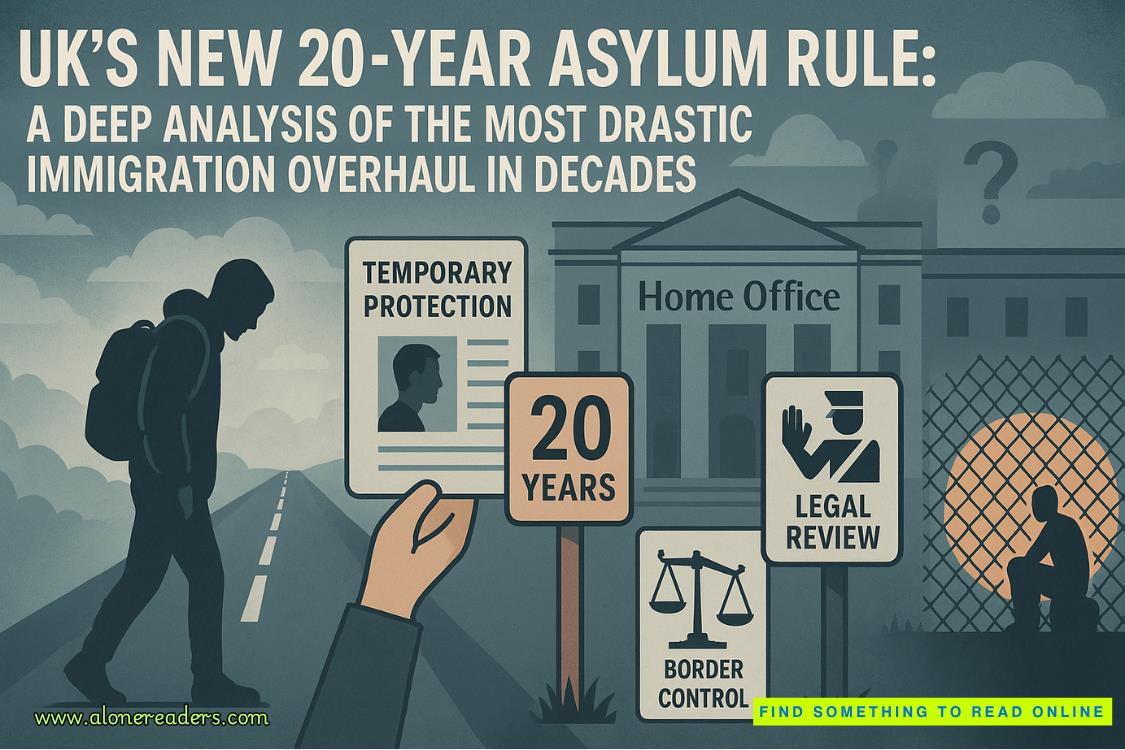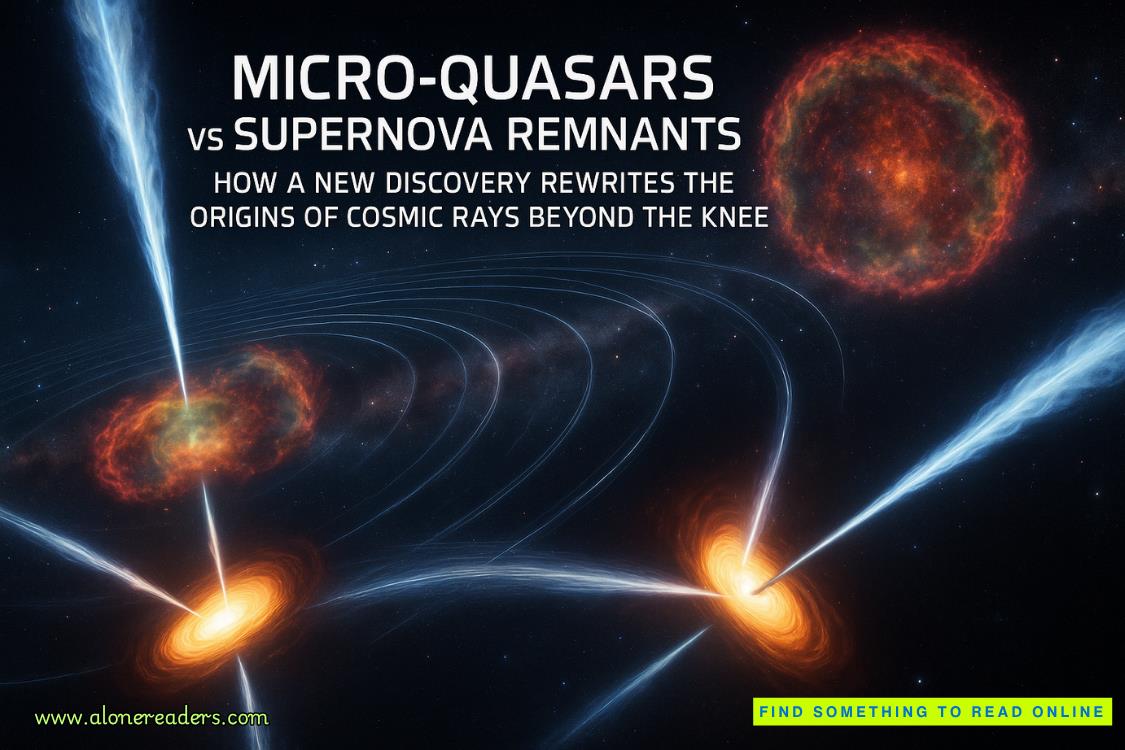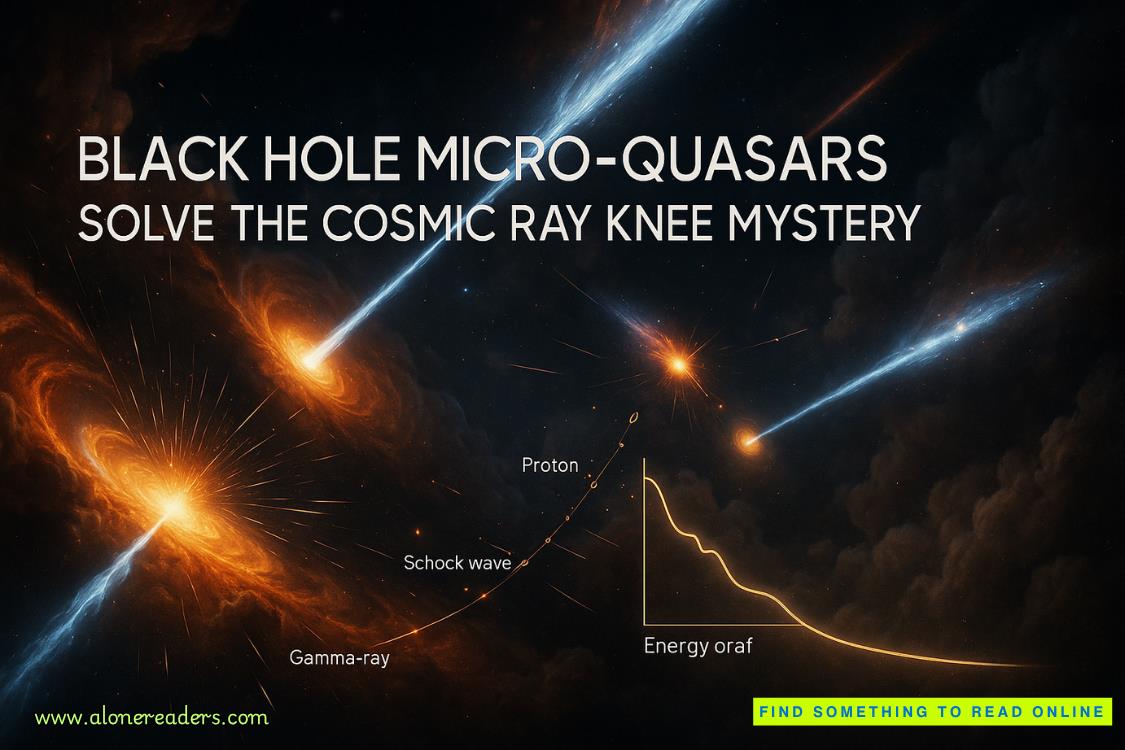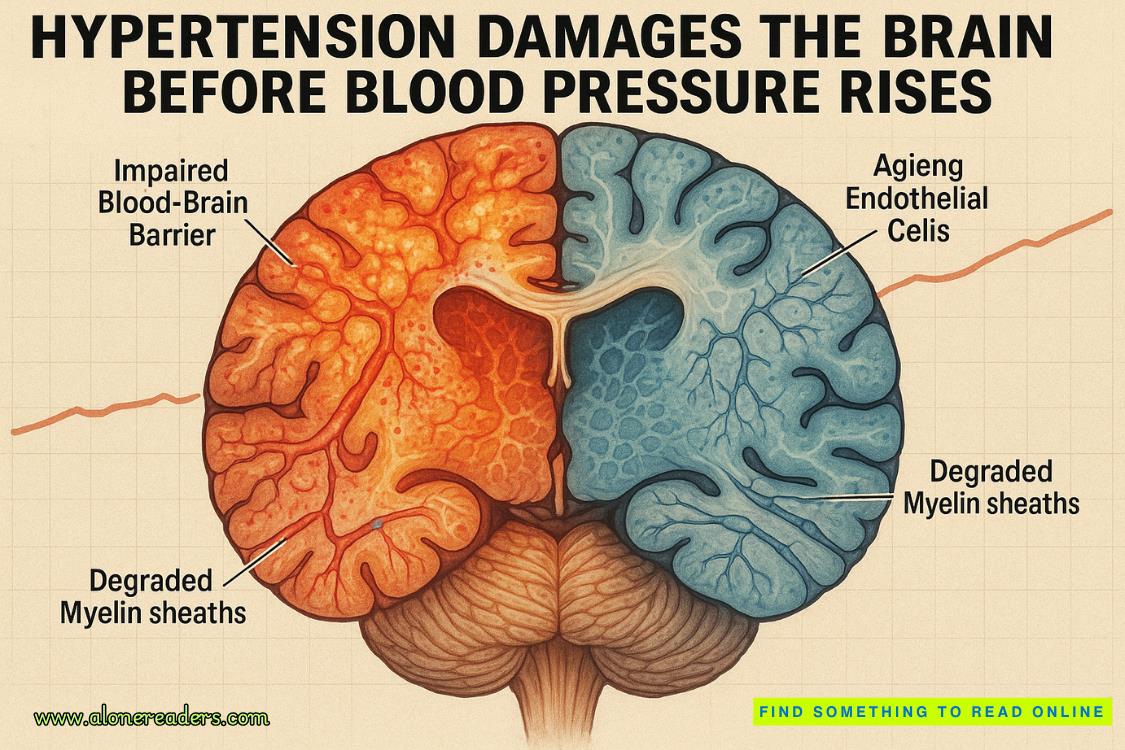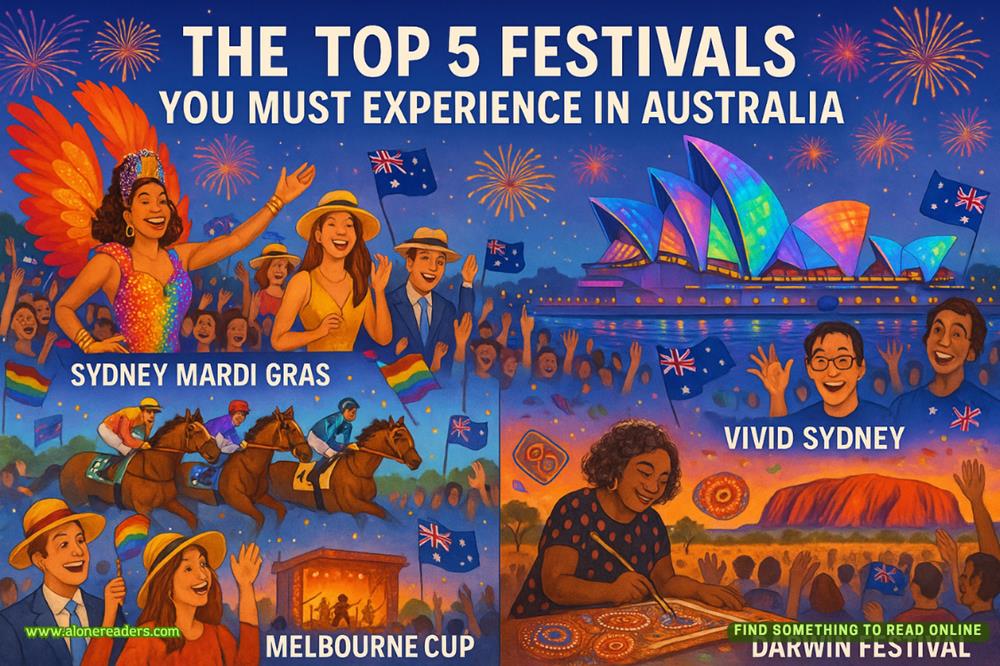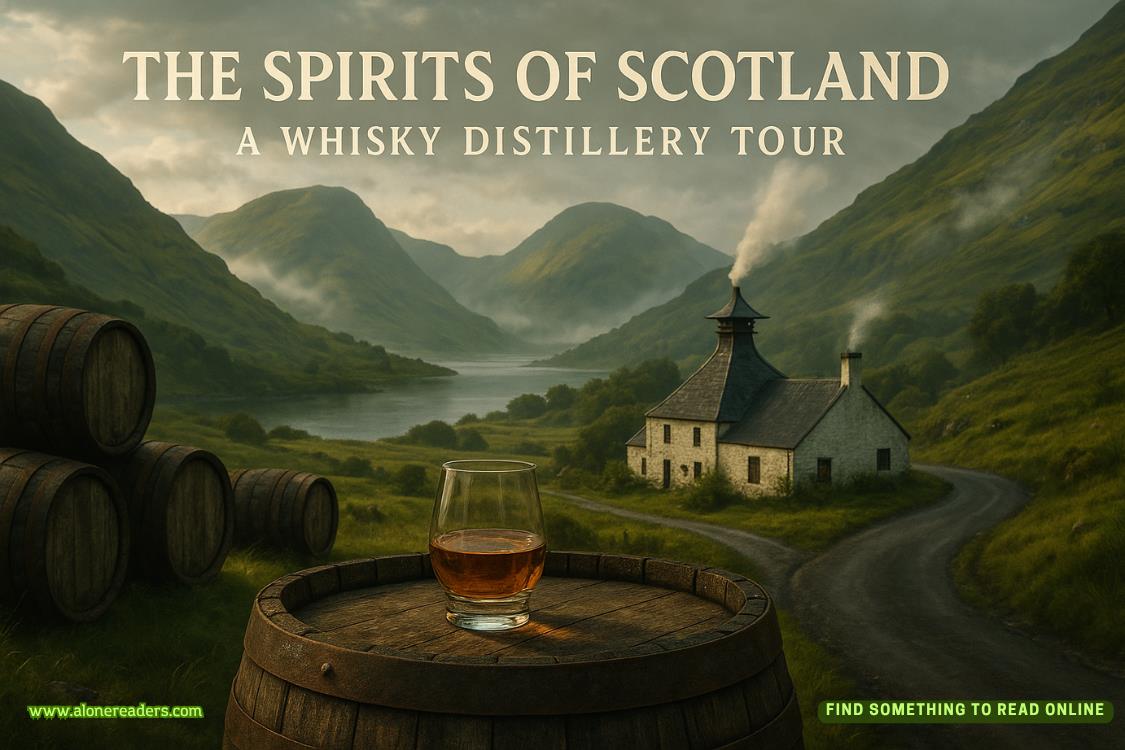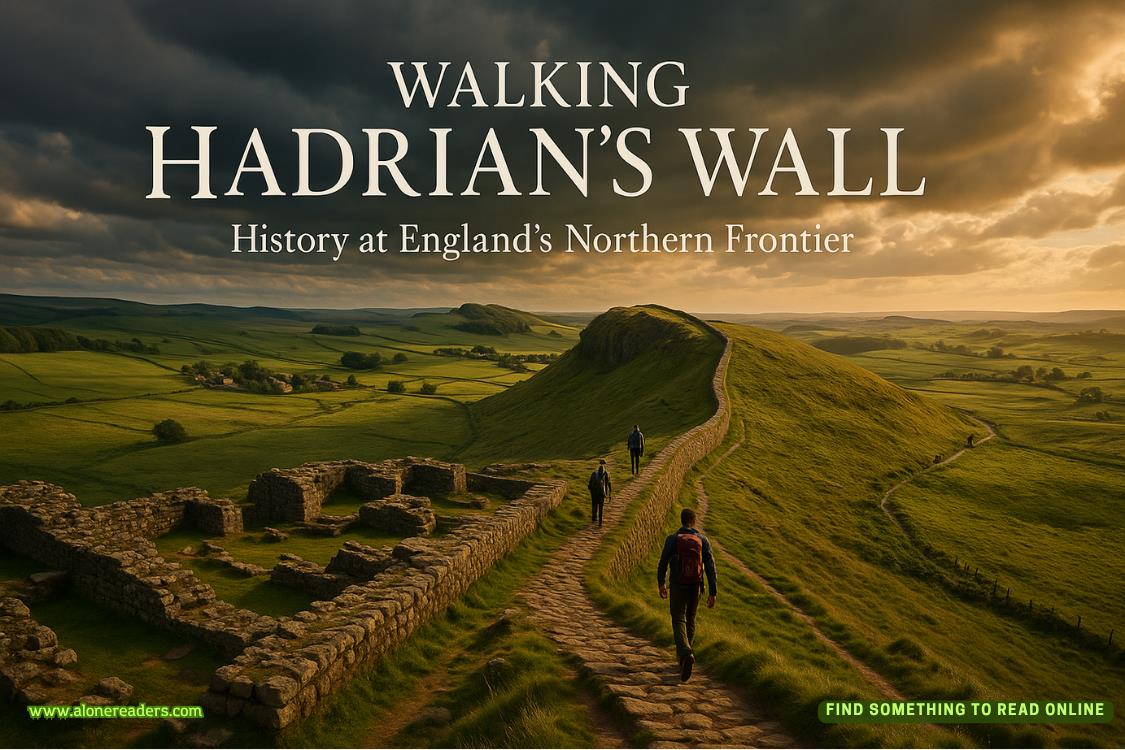Page 126 of Edge of Eternity (The Century 3)
The Greek crew offered them coffee.
They were delighted to open the hatches for the Americans to inspect their cargo, which was pretty much what they had said. There was a tense moment when the Americans insisted on opening a crate labeled SCIENTIFIC INSTRUMENTS, but it turned out to contain laboratory equipment no more sophisticated than what might be found in a high school.
The Americans left and the Marucla resumed course for Havana.
George reported the good news to Bobby Kennedy by phone, then hopped a cab.
He told the driver to take him to the corner of Fifth and K Streets, in one of the city's worst slum neighborhoods. Here, above a car showroom, was the CIA's National Photographic Interpretation Center. George wanted to understand this art and had asked for a special briefing, and since he worked for Bobby, he got it. He picked his way a
cross a sidewalk littered with beer bottles, entered the building, and passed through a security turnstile; then he was escorted to the fourth floor.
He was shown around by a gray-haired photointerpreter called Claud Henry who had learned his trade in the Second World War, analyzing aerial photographs of bomb damage from Germany.
Claud told George: "Yesterday the navy sent Crusader jets over Cuba, so we now have low-level photographs, much easier to read."
George did not find it so easy. To him the photos pinned up around Claud's room still looked like abstract art, meaningless shapes arranged in a random pattern. "This is a Soviet military base," Claud said, pointing at a photo.
"How do you know?"
"Here's a soccer pitch. Cuban soldiers don't play soccer. If it was a Cuban camp it would have a baseball diamond."
George nodded. Clever, he thought.
"Here's a row of T-54 tanks."
They just looked like dark squares to George.
"These tents are missile shelters," Claud said. "According to our tentologists."
"Tentologists?"
"Yes. I'm actually a cratologist. I wrote the CIA handbook on crates."
George smiled. "You're not kidding, are you."
"When the Soviets are shipping very large items such as fighter aircraft, they have to be carried on deck. They disguise them by putting them in crates. But we can usually work out the dimensions of the crate. And a MiG-15 comes in a different-size crate than a MiG-21."
"Tell me something," said George. "Do the Soviets have this kind of expertise?"
"We don't think so. Consider this. They shot down a U-2 plane, so they know we have high-altitude planes with cameras. Yet they thought they could send missiles to Cuba without us finding out. They were still denying the existence of the missiles until yesterday, when we showed them the photos. So, they know about the spy planes and they know about the cameras, but until now they didn't know we could see their missiles from the stratosphere. That leads me to think they're behind us in photointerpretation."
"That sounds right."
"But here's last night's big revelation." Claud pointed to an object with fins in one of the photos. "My boss will be briefing the president about this within the hour. It's thirty-five feet long. We call it a Frog, for Free Rocket over Ground. It's a short-range missile, intended for battlefield situations."
"So this will be used against American troops if we invade Cuba."
"Yes. And it's designed to carry a nuclear warhead."
"Oh, shit," said George.
"That's probably what President Kennedy is going to say," said Claud.
CHAPTER EIGHTEEN
The radio was on in the kitchen of the house in Great Peter Street on Friday evening. All over the world, people were keeping their radios on, listening fearfully for news flashes.
It was a big kitchen, with a long scrubbed-pine table in the center. Jasper Murray was making toast and reading the newspapers. Lloyd and Daisy Williams got all the London papers and several Continental ones as well. Lloyd's main interest as a member of Parliament was foreign affairs, and had been ever since he fought in the Spanish Civil War. Jasper was scanning the pages for some reason to hope.
